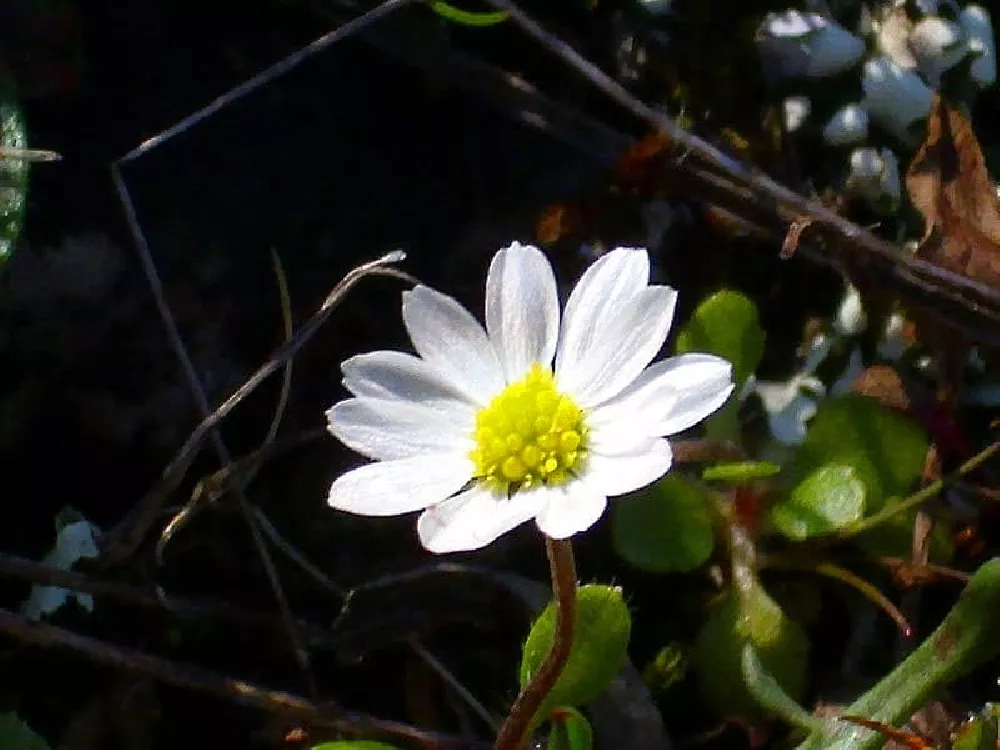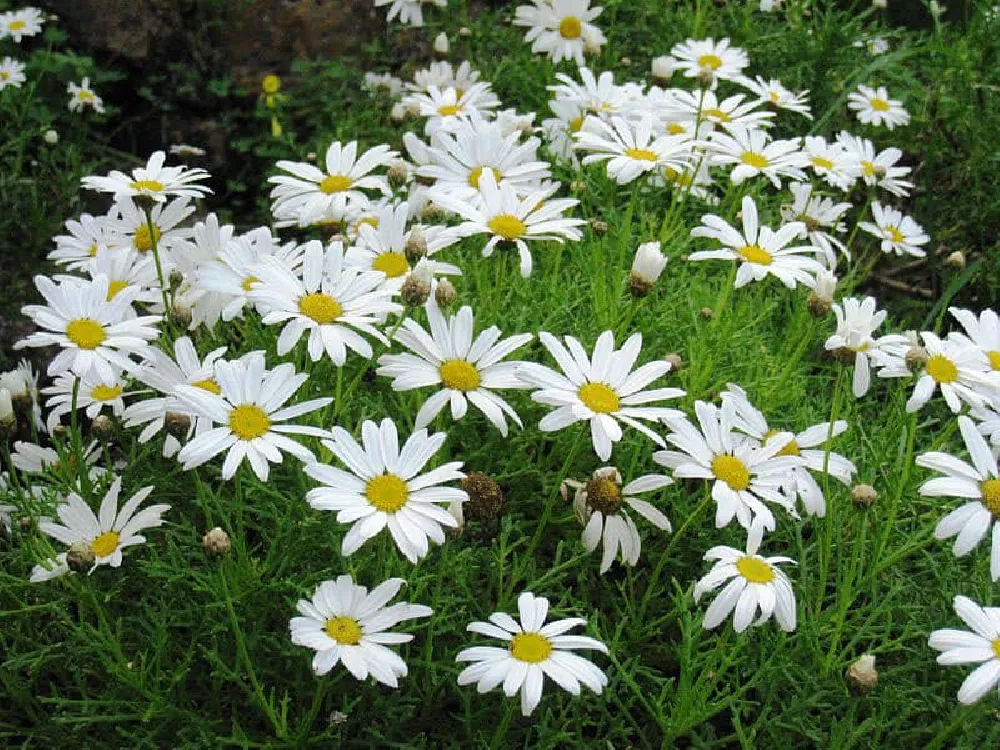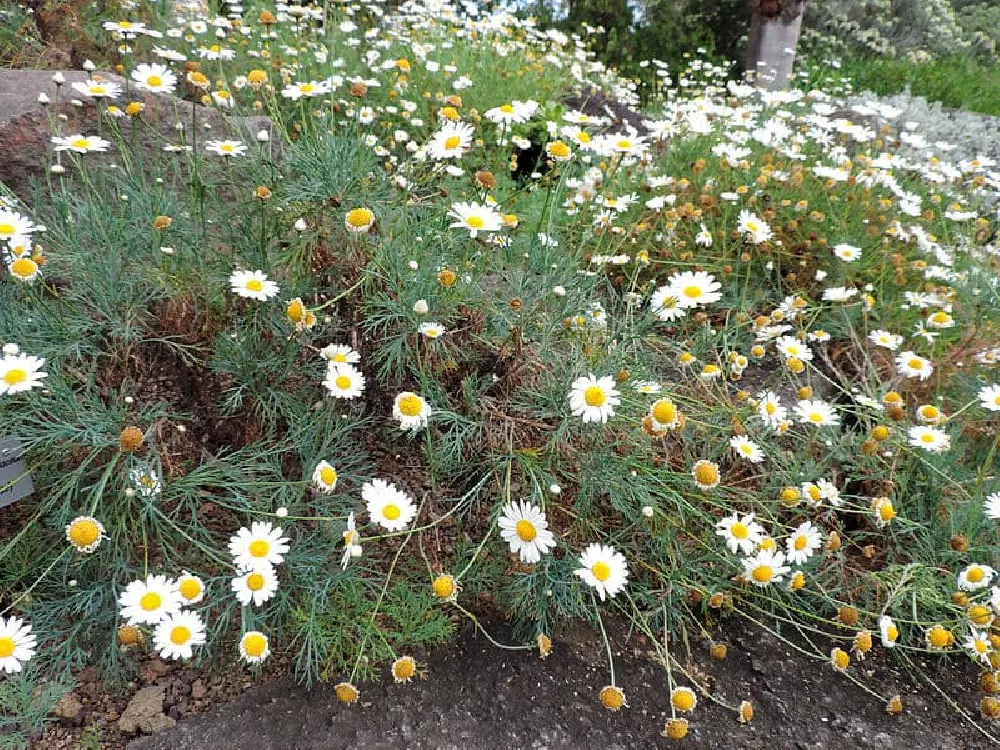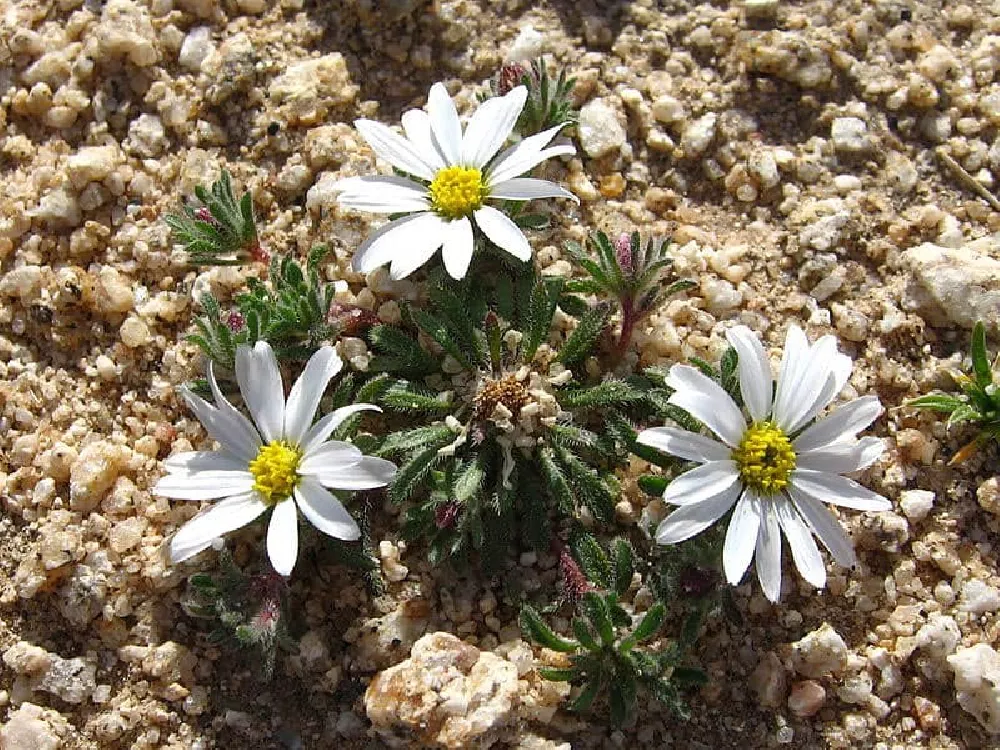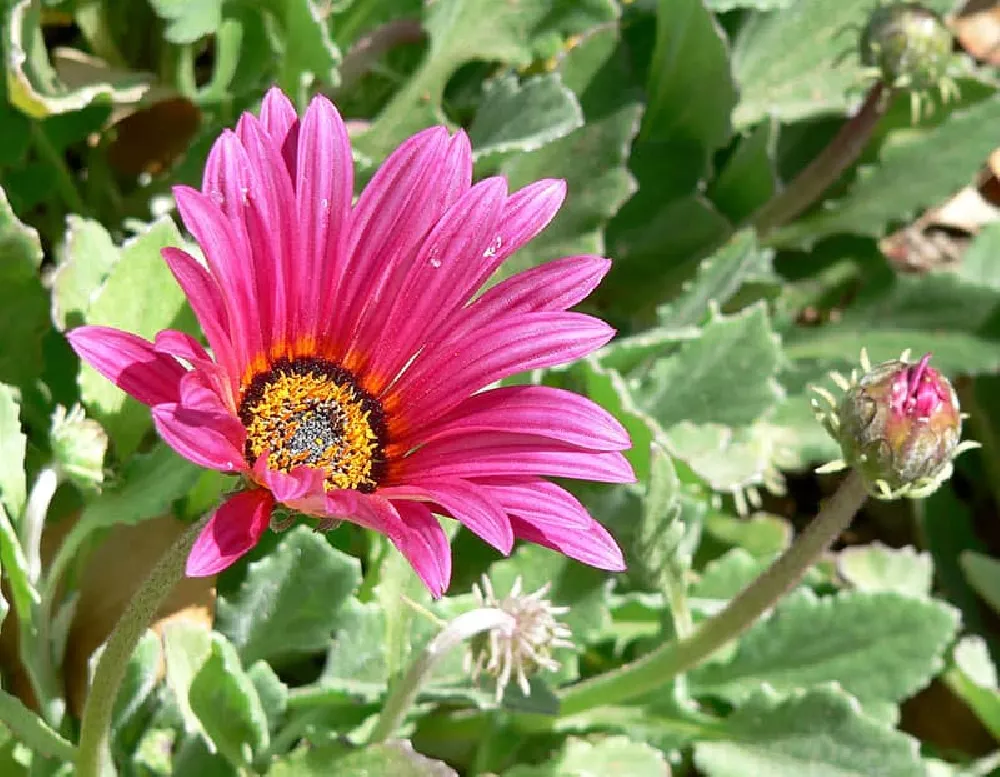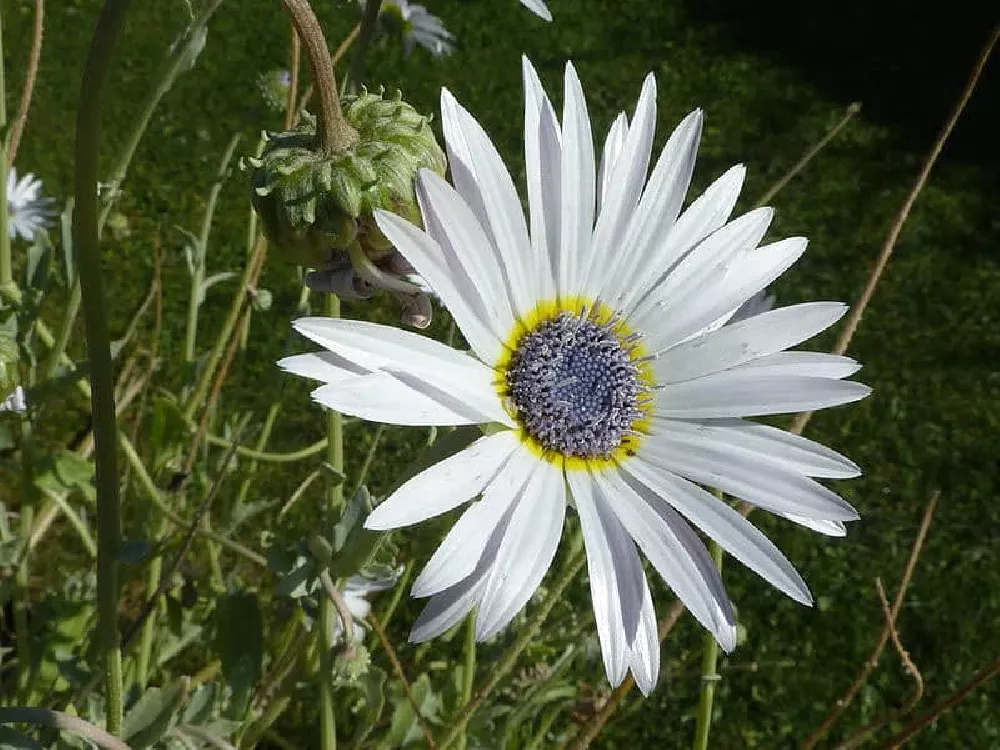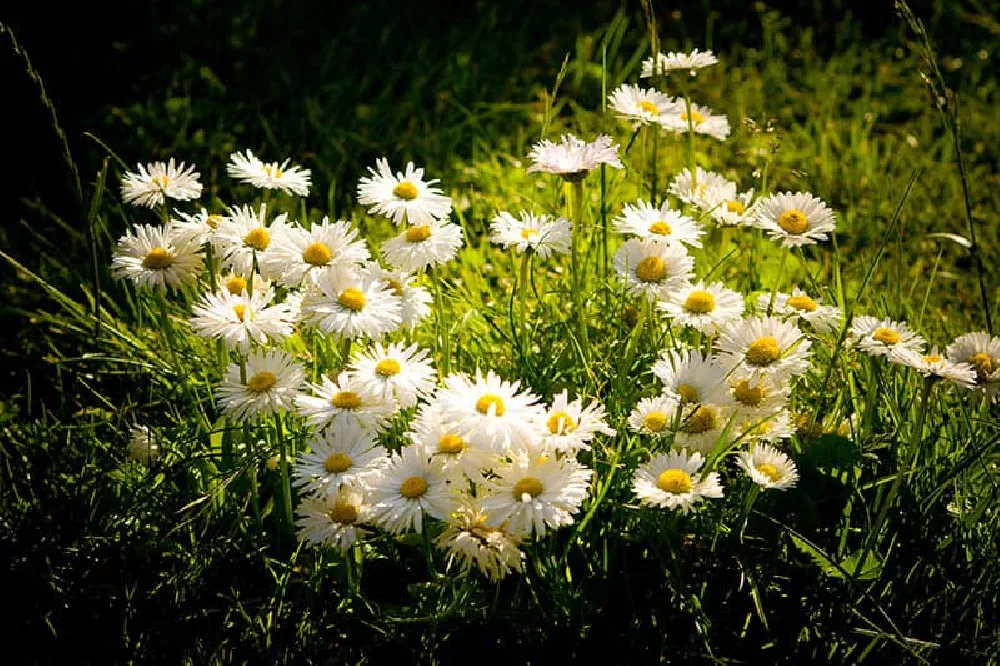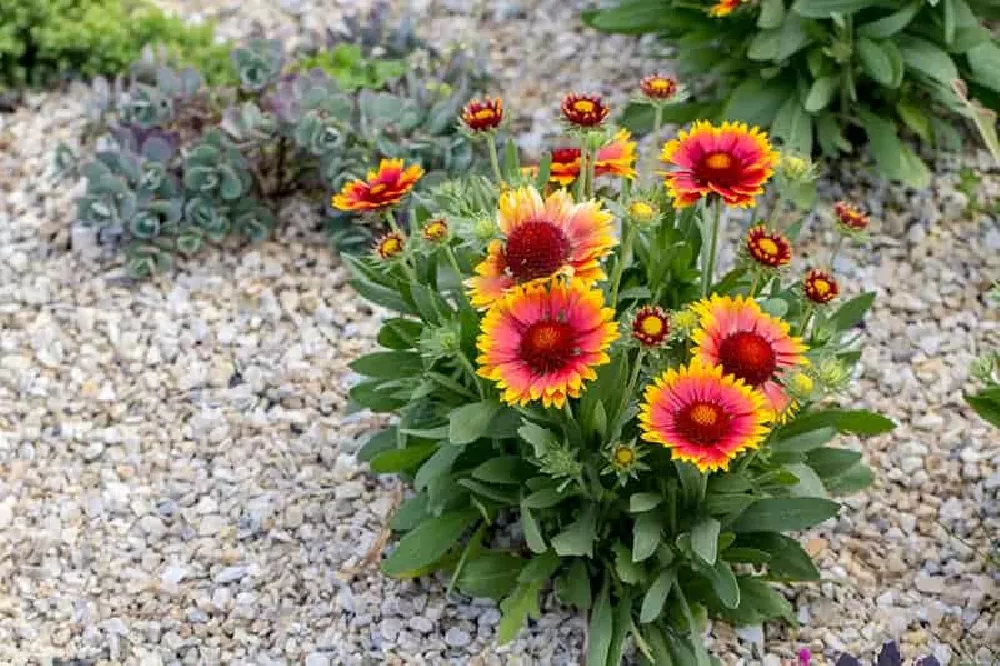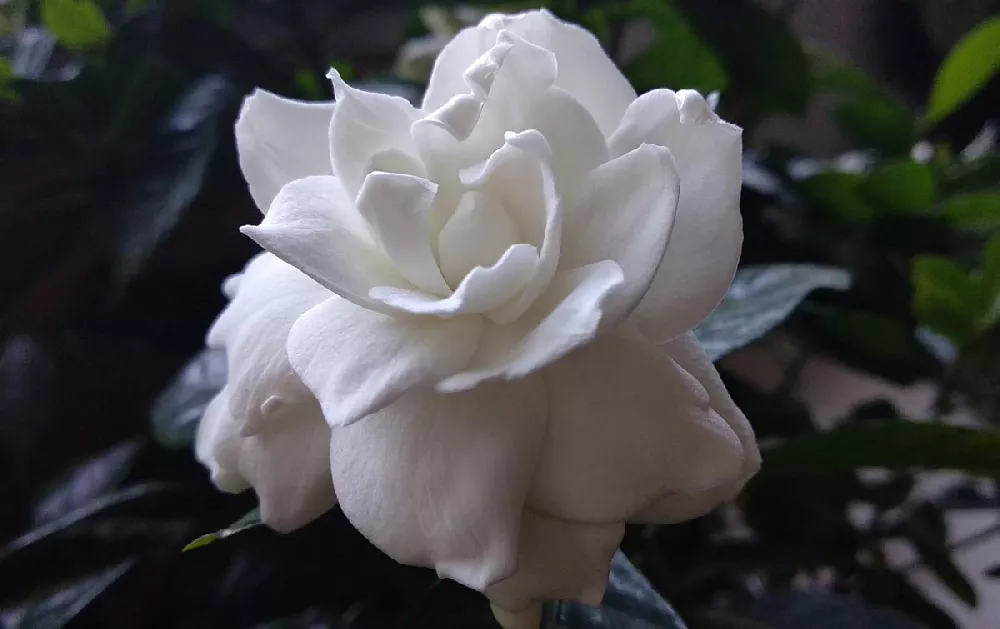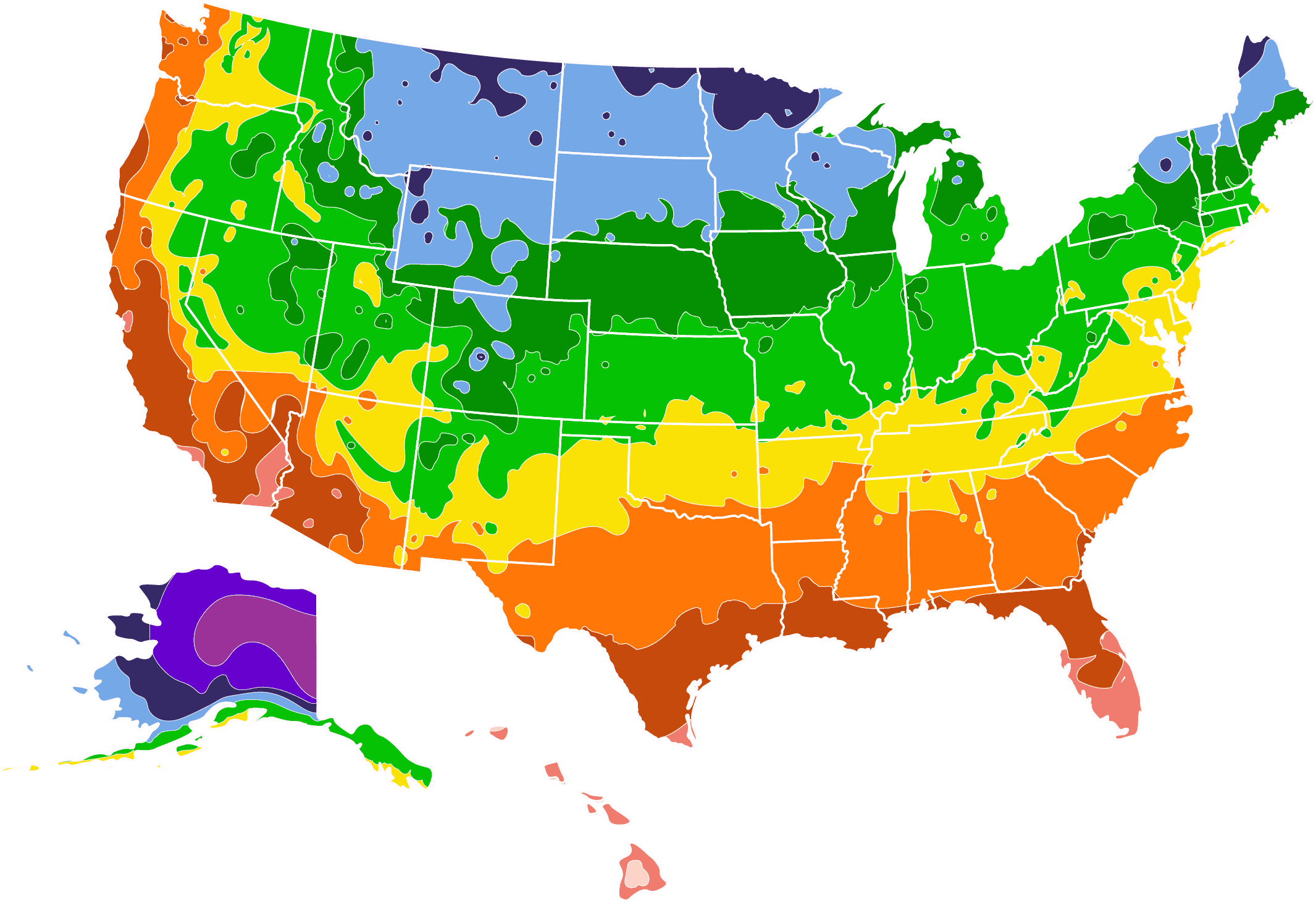Daisies for Sale - Buying & Growing Guide
GrowJoy - Quart-Sized Pot - Banana Cream Leucanthemum Plant (Shasta Daisy)
GrowJoy - Quart-Sized Pot - Becky Leucanthemum Plant (Shasta Daisy)
GrowJoy - Quart-Sized Pot - Snowcap Leucanthemum Plant (Shasta Daisy
GrowJoy - Quart-Sized Pot - Real Neat Improved Leucanthemum Plant (Shasta Daisy)
Enter your zip code to find nearby stores that may carry this plant.
The quintessential plant for a cottage garden, daisies are cheerful and bright, as well as being easy to grow. To plant these long-lasting perennials, shop our daisy selections and add a dash of color to your garden.
How to Plant Daisies
In the common vernacular, many plants are called “daisies,” and they may belong to several different taxonomic groups, but most are part of the aster family. Daisies can come in sizes that range from a few inches to three feet, some grow in clumps, others spread out to form colorful masses.
Plant your daisy in a sunny spot with loamy soil that has had some well-rotted compost or manure dug in. Some of the shorter varieties can be planted close together to form a colorful ground cover; taller daisies need more room to thrive. Once established, they need little care or supplemental feeding and watering.
How to Grow Daisies
- When. Plant your daisy seedlings in the late spring, after the dangers of a late frost have passed.
- Where. Daisies like a sunny or partial-sun spot that gets at least four hours of direct light a day. Soil should drain well and is best amended with organic supplements.
- How. Unpot your seedling and tease out any encircling roots. Dig a hole that is as deep and twice as wide as the root ball. Place the plant in the hole and fill in around it with soil that’s been enriched with manure or compost. Tamp down soil, and water thoroughly. An organic mulch can be applied around the plant to conserve water.
How to Care for Daisies
- Watering and nutrients. Water your newly-planted daisy every day for a week or so, then scale back to every few days. Once established, it should only need supplemental watering when you are experiencing drought conditions.
- Pruning. Daisies do not generally need pruning, but deadheading the spent flowers may result in a second flush of blooms.
- Pollination. Many daisies are pollinator magnets, and will draw bees and other insects to the garden to feast on their flowers. If not deadheaded, seeds will form on the flower stalks and can be harvested once they are dry.
